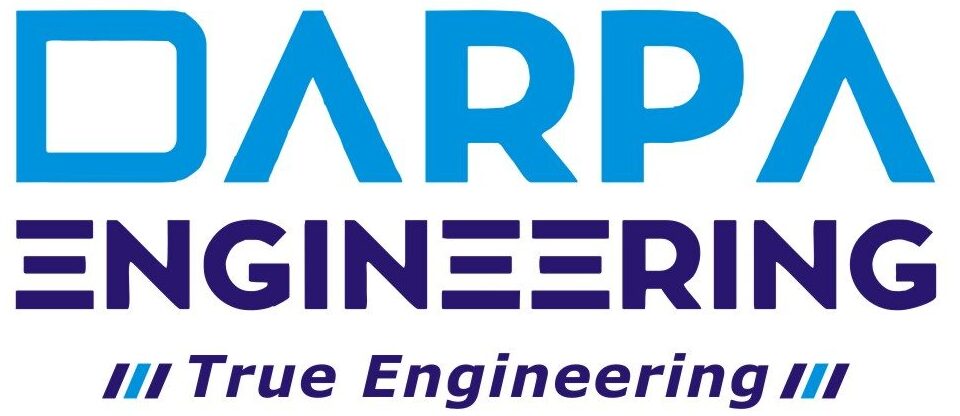Robotics has transformed modern industrial operations over the past few decades. From manufacturing to logistics, robots are becoming increasingly vital to boost productivity, improve quality, and enhance workplace safety across numerous sectors. Let’s explore some of the key applications of robotics across industries.
Manufacturing
The manufacturing sector was one of the earliest to embrace robotic automation. Industrial robots are now widespread in factories around the world, performing tasks such as:
– Assembly – Robots can rapidly assemble complex products with incredible precision and consistency.
– Welding – Automated welding robots improve weld quality while protecting human workers from hazardous conditions.
– Painting – Robotic painting ensures even coating and minimizes overspray waste.
– Pick and Place – Robots can quickly and accurately pick up and place components for packaging and palletizing.
– Machine Tending – Robots can be programmed to load/unload machines, increasing productivity.
Automotive
The automotive industry has long been a leader in industrial robotics. Nearly every modern vehicle has components produced with robotic assistance. Robots are essential for tasks like:
– Welding vehicle frames and bodies
– Painting vehicles and components
– Moving and installing heavy components like engines and axles
– High precision assembly tasks
– Quality testing and inspection
Logistics and Warehousing
Physical labor and repetitive tasks make logistics operations ripe for robotic automation. Examples include:
– Automated storage and retrieval systems using robotics
– Robotic picking systems to fulfill orders quickly
– Autonomous mobile robots for moving inventory around warehouses
– Automated sorting and distribution robotics systems
Electronics
Miniature robotic systems enable highly precise tasks for electronics manufacturing:
– Pick and place robots for printed circuit board assembly
– Robotic dispensing of liquids like solvents and adhesives
– Robotic inspection and testing of components
– Automated packaging of fragile electronics products
Food and Beverage
Many tasks in food processing and packaging benefit from robotic automation:
– Robotic produce sorting and quality inspection
– Packaging robots for filling bottles, cans, pouches, etc.
– Robotic palletizing/depalletizing
– Automated meat cutting and processing tasks
While industrial robots often work autonomously, skilled human workers are still vital for operating, programming, and maintaining these robotic systems. As robotics technology continues advancing, we can expect to see robots taking on increasingly more complex industrial tasks.



